While the Captain and friend Mark were off touring ships and subs on Day 179, their better halves headed further inland to enjoy plantations and pleasantries. It had been a few years since friend Cathy had visited Drayton Hall, so she was game to drive us fifteen miles northwest to this 18thcentury plantation located on the Ashley River.
This early example of Palladian architecture in North America survived destruction during both the Revolutionary and Civil Wars, which is quite the feat for a plantation house in the South. The British occupied the house during the early 1780s, and it is rumored that Dr. John Drayton hung yellow flags at the entrance during the Civil War to indicate the building was being used as a smallpox hospital, thus sparing the house from harm. Although the National Trust purchased the house from the Drayton Family in 1974, the family members still return each year to have Thanksgiving dinner in their former home. Imagine that!
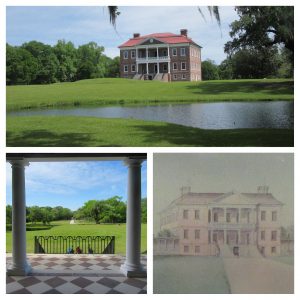
We enjoyed a guided tour through the house, and then leisurely walked the spacious grounds, along the river and to the front lawn. It was quite a treat to view the 3-D model in the gift shop, and look more closely at the watercolor of Drayton Hall, painted by Pierre Eugene Du Simitiere in 1765. That painting has aided in the preservation efforts of the Trust.
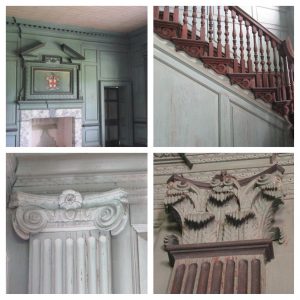
After our history morning, it was time for lunch at The Med. We delighted in “girl chat” and some time to ourselves, without rushing to and fro. We met up with the boys at California Dreaming for dinner, and then drove across to the Ashley Marina to play Euchre on board Cathy and Mark’s trawler, Avalon. Much fun! Dudley and I were grateful to find cruisers who actually play Euchre. Before we left on our sailbatical, we were told that we HAD to learn Euchre because every cruiser plays this card game. Turns out that Euchre players are almost as rare as Bridge players. We are still in search of Bridge players. Might be a reason to join a yacht club.
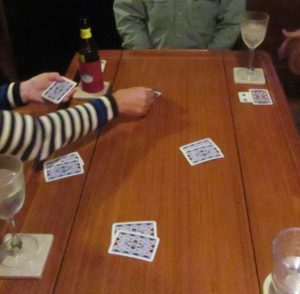
The high winds continued all week in Charleston, which made for exciting conditions for the hundreds of sailboats who had descended upon the historic city for Race Week. After filing our 2015 taxes a few days ahead of schedule, we were ready to meet up with Cathy and Mark again to tour Fort Sumter, and watch the sailboat races more closely from the deck of the Fort Sumter Ferry. We caught the noon ferry and were grateful for preventers that kept our hats from blowing away. Wow, was it breezy! So nice to watch other people sailing in sporty weather, and NOT wish that you were one of them. Those winds were too sporty, even for me.
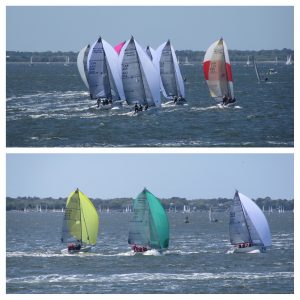
We had a good visit at Fort Sumter, and once again, we were struck by the differences of the several forts we’ve toured in last few months. The construction materials alone have been quite varied. However, this fort also presented numerous flags that have been flown there, during the Civil War alone. Quite the complicated history. It’s also been interesting to think about how the function of these forts has changed according to the wars and those they defend against.
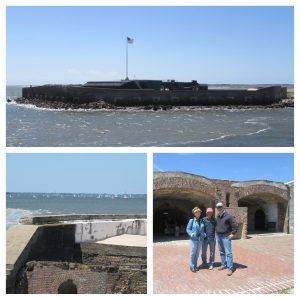
After taking the ferry back, with more sailboat watching, we dined at the eclectic Taco Boy followed by dessert at Kaminsky’s near the Market. And of course, we had to end the night with another round of Euchre!
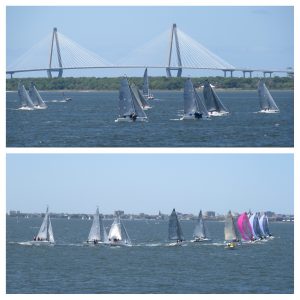
The weather forecast was still quite breezy so that meant we’d be in Charleston one more day. Once again, because of FaceBook, I learned about local connections. John, my pastor “back home,” reminded me that his good friend, Don, leads a church on Daniel Island.
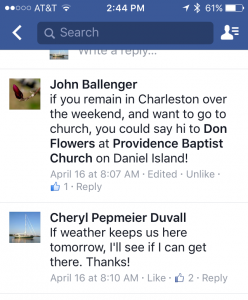 So that Sunday morning, I drove to church and surprised Don with a personally delivered “hello” from John.
So that Sunday morning, I drove to church and surprised Don with a personally delivered “hello” from John.
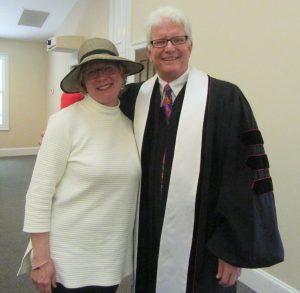
Later that afternoon, Dudley and I visited the H.L. Hunley submarine, which was located just a mile or so from our marina. Only open on the weekends, the Warren Lasch Conservation Center displays this Civil War submarine in a bath of sodium hydroxide. Yep! That’s because this Civil War relic was only recently discovered by author Clive Cussler and his team, in 1995, at the bottom of the ocean floor near Charleston. The Hunley is in the process of being conserved after being raised from its watery grave in August 2000.
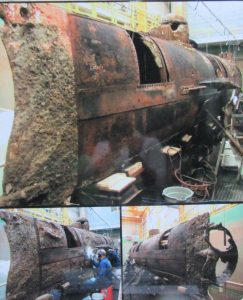
While difficult to actually see the submarine through glass and metal and glare and such, the center provided a wealth of information about this submarine’s only successful mission. On February 17, 1864, the Hunley’s 8-man crew hand-cranked themselves on a falling tide out to the Union ship, the USS Housatonic, and became the first submarine to sink an enemy ship.
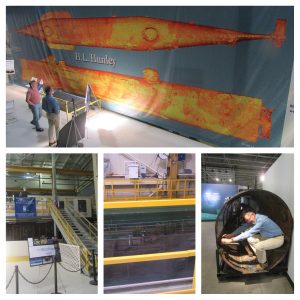
Dudley and I sat in a model of the Hunley and tried to imagine the cramped quarters and the difficulty of a hand-cranked propeller, much less the logistics of oxygen supply and the care of other bodily functions.
The Hunley never returned to port, for unknown reasons, and has remained a mystery in need of solving. The discovery and ongoing conservation may shed some light. Whatever the result, suffice to say that visiting the Hunley was a perfect way to cap our week of rich experiences. For more information about the Hunley, go to http://hunley.org
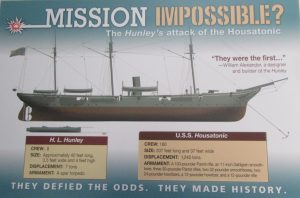
We returned to Belle Bateau with renewed respect for innovations at sea, and on land. We filled our water tanks. We did laundry. We packed away a few items that had emerged during a week of no movement. Finally, the boat was ready, and we’d be heading north again. We left Charleston with a deeper appreciation of its rich history, its many sights, and especially the friendships this city continues to cultivate. Thank you Cathy and Mark. And thank you Charleston.
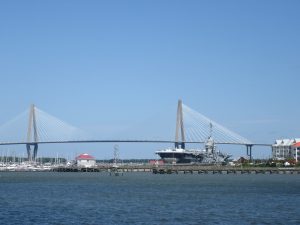

Sorry, comments are closed for this post.